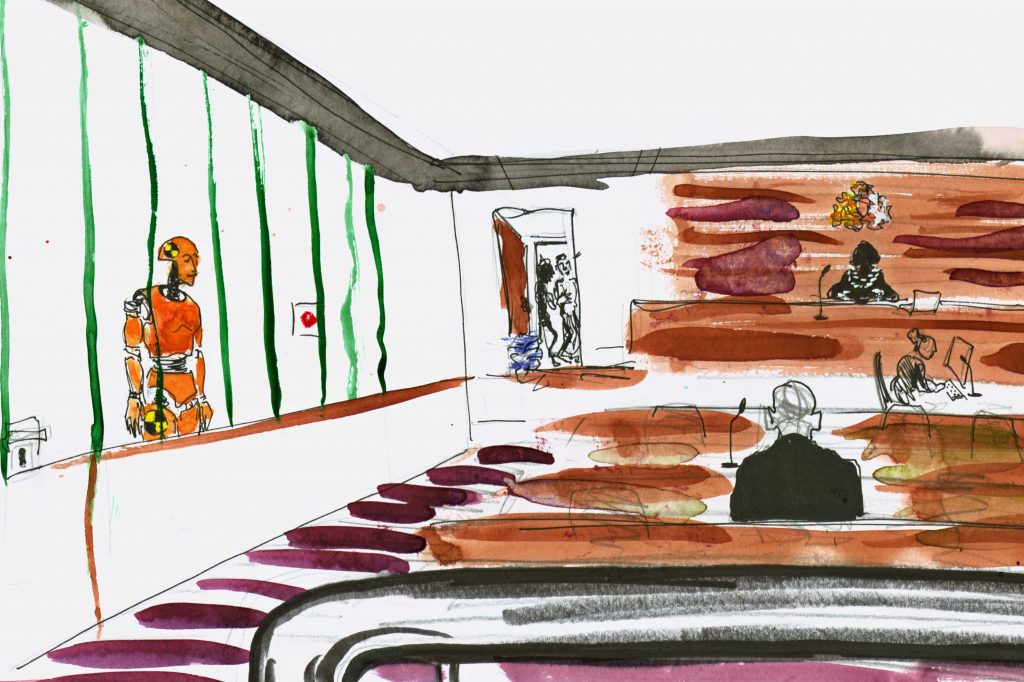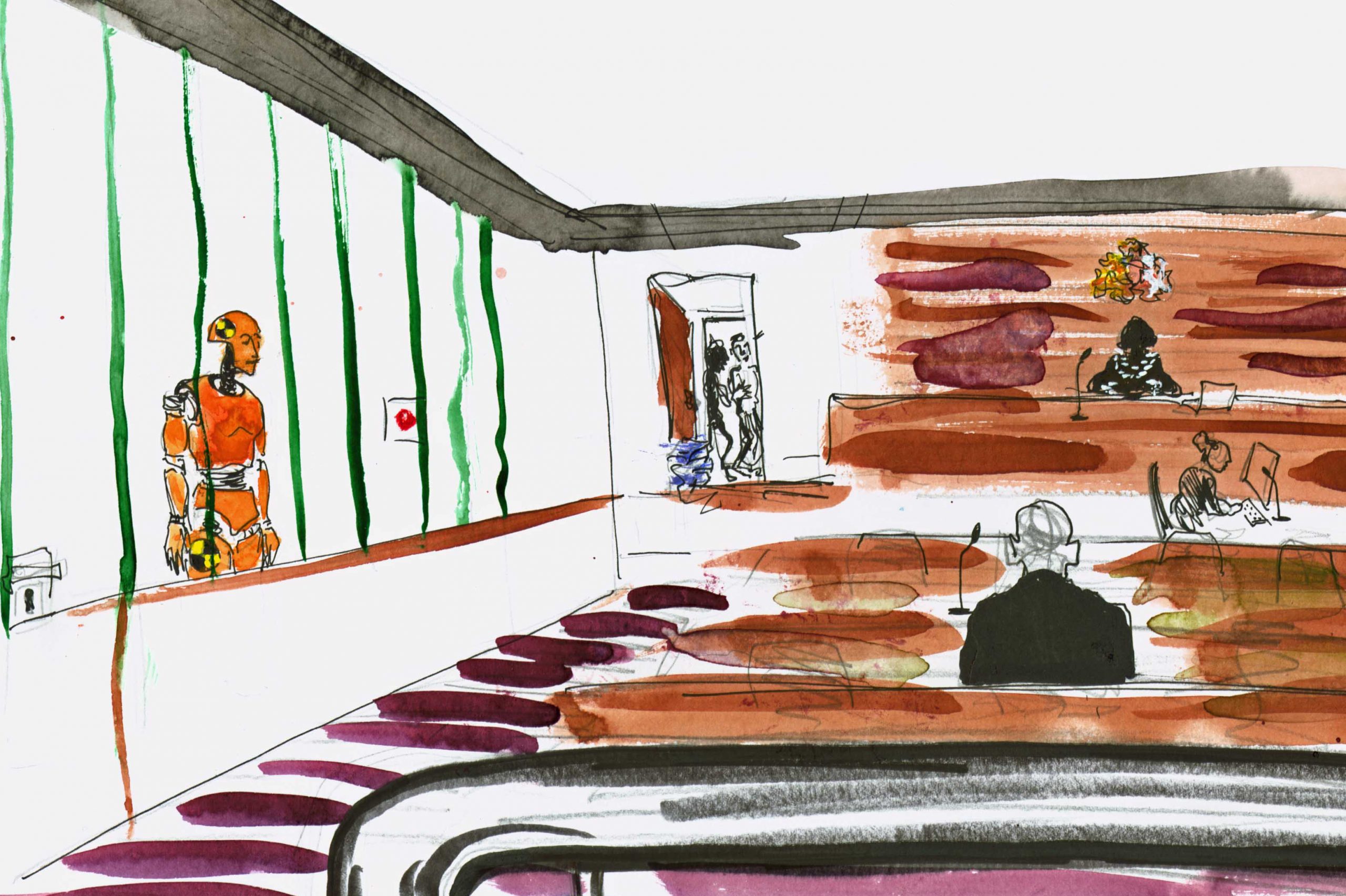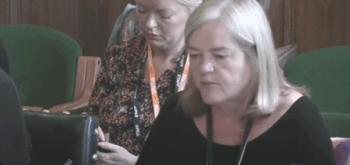New data on the youth justice system has shown a ‘categorical fail[ure] on every count to halt the overrepresentation of Black children’, according to the Youth Justice Board (YJB). The publication examines the youth justice system in England and Wales between April 2020 and March 2021. Although Black children make up only four percent of the 10-17 year old population, they represent 29 percent of the youth custody population: an increase from 18 percent in the last 10 years. First time offenders from a Black background have also increased over the last 10 years, rising from 10 percent to 18 percent. This is similarly reflected in sentencing, where the number of Black children has increased by five percent over the past ten years, from seven percent to 12 percent.
The figures show that there is a ‘shocking’ disparity in the representation of Black children in the youth justice system. ‘We are still disproportionately failing to give Black children the support they need to live crime-free lives’, commented chair of the YJB Keith Fraser. ‘It was clear before, but these figures are a sobering reminder of the work we collectively need to do to address disproportionality, find and use alternatives to remand and to keep children out of the justice system’.
Data on stop and search for the 10-17 year old population was available for the first time. The data shows that Black children were more likely to be stopped than other ethnicities, making up 18% of cases where ethnicity was known. It also shows that 81% of stop and searches, across all ethnicities, resulted in no further action.
74% of children remanded in custody did not subsequently receive a custody sentence: the highest level on record. Of these outcomes, half resulted in acquittal. The report suggests that this increase is likely driven by the decreases in the volume of immediate custody sentences and non-custodial sentences which ‘artificially inflates[s]’ the proportion of acquittals. Fraser commented that it demonstrates children are being brought into the system ‘unnecessarily and experiencing the trauma and stigma that brings’.
The report shows the continuing impact of court closures, pauses to jury trials and subsequent backlogs in the periods of restrictions during the COVID-19 pandemic. The current average time from first listing to completion stands at 72 days. On average, this time was between 31 days and 44 days when examining data from the last 10 years.
Support the Justice Gap, buy Proof magazine 








